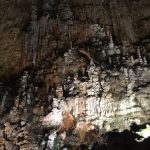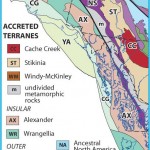Metamorphic rocks form when a preexisting rock (protolith) is transformed into a different rock due to pressure, heat, or chemical alteration. Tectonics and burial can supply pressure and heat on a wide scale (regional metamorphism), while igneous intrusions can bake adjacent rocks (contact metamorphism). Hydrothermal fluids power chemical alteration. This page has useful diagrams of metamorphic processes, while this one has good notes, and this one has both!
Metamorphic Grades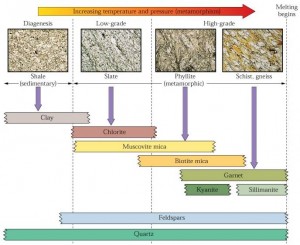
Metamorphic grades describe rocks on a relative scale from less altered to more altered. In pelitic (fine-grained sedimentary) rocks, the appearance of index minerals indicates the degree of alteration. Index minerals are helpful in determining isograds and metamorphic zones. I remember the order of the index minerals with the mnemonic "CBGSKS", which I read as "See Bigs kiss". I recall that gneiss is the highest grade because it is..."nice". Above gneiss, when the rock actually starts to melt, it is called a migmatite.
| Grade | Low | Intermediate | High | ||||||||
| Rock | Slate | Phyllite | Schist | Gneiss | |||||||
| Facies | Greenschist | Amphibolite | Granulite | ||||||||
| Mineral | Chlorite | → | Biotite | → | Garnet | → | Staurolite | → | Kyanite | → | Sillimanite |
Metamorphic Facies
Metamorphic facies represent specific pressure and temperature conditions. Each facies has several mineral assemblages unique to that facies; the assemblage depends on the parent rock (shale vs. basalt). Wikipedia has a good list of the minerals possible in each facies. As the chart below shows, certain facies are associated with certain formation conditions, such as a subduction zone for blueschists.
Common Metamorphic Rocks
Foliated
Foliation forms when mineral grains align themselves perpendicular to pressure, creating layers of minerals (usually mica).
Shale (clay) → Slate → Phyllite (silky) → Schist (shiny) → Gneiss (banded) → Migmatite (melt)
Non-Foliated
Common Metamorphic Minerals
Click on the mineral name to visit its Wikipedia page for information on habit, crystal system, cleavage, and so on. Click on the image to enlarge, or hover for the image credit. If you're identifying minerals in thin section, visit this article I wrote rounding up the best resources. *All images in XPL except for chlorite, glaucophane, and serpentine.
| Mineral Name | Chemical Formula | Hand Sample | Thin Section (XPL*) |
| Andalusite | Al2SiO5 | 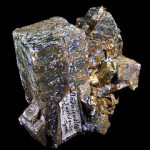 | 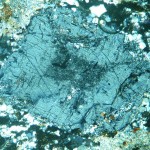 |
| Kyanite | Al2SiO5 | 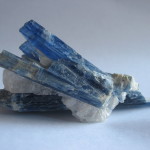 | 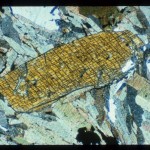 |
| Sillimanite | Al2SiO5 | 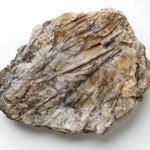 | 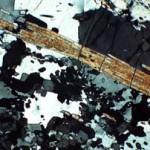 |
| Staurolite | Fe2Al9O6(SiO4)4(O,OH)2 | 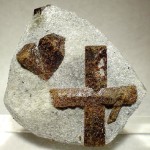 | 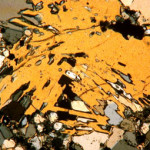 |
| Garnet | (Mg,Ca,Mn,Fe)3(Al,Fe,Cr)2Si3O12 | 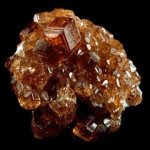 | 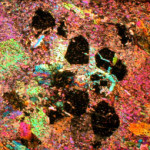 |
| Chlorite | (Mg,Fe)3(Si,Al)4O10 (OH)2·(Mg,Fe)3(OH)6 | 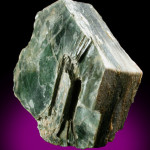 | 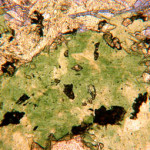 |
| Biotite | K(Mg,Fe) 3(AlSi 3O 10)(F,OH) 2 | 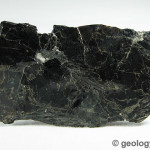 | 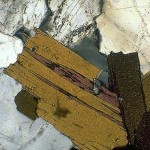 |
| Muscovite | KAl2(AlSi3O10)(F,OH)2 | 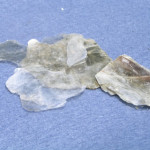 | 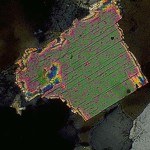 |
| Glaucophane | Na2(Mg3Al2)Si8O22(OH)2 | 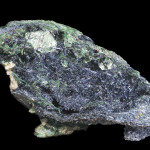 | 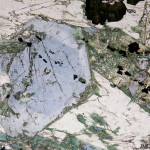 |
| Talc | Mg3Si4O10(OH)2 | 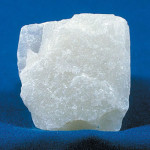 | 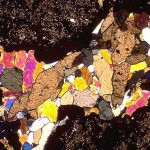 |
| Serpentine | (Mg,Fe)3Si2O5(OH)4 |  | 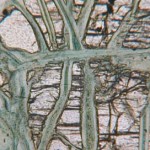 |
| Epidote | Ca2Al2(Fe,Al)(SiO4)(Si2O7)O(OH) | 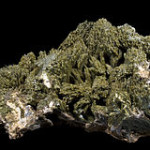 | 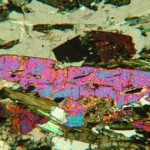 |
| Actinolite | Ca2(Mg,Fe)5Si8O22(OH)2 | 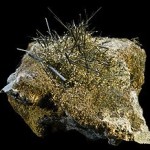 | 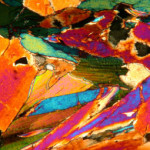 |
A more thorough list of important metamorphic minerals includes: Actinolite, Albite, Almandine (garnet), Analcime, Andalusite, Anorthite, Anthophyllite, Aragonite, Biotite, Brucite, Calcite, Chlorite, Chloritoid, Cordierite, Corundum, Diopside, Dolomite, Enstatite, Epidote, Fayalite, Forsterite, Glaucophane, Grossular (garnet), Hematite, Heulandite, Hypersthene, Idocarase, Ilmenite, Jadeite, Kyanite, Lawsonite, Magnetite, Muscovite, Periclase, Prehnite, Pumpellyite, Serpentine, Sillimanite, Sphene, Staurolite, Talc, Tremolite, Wollastonite.

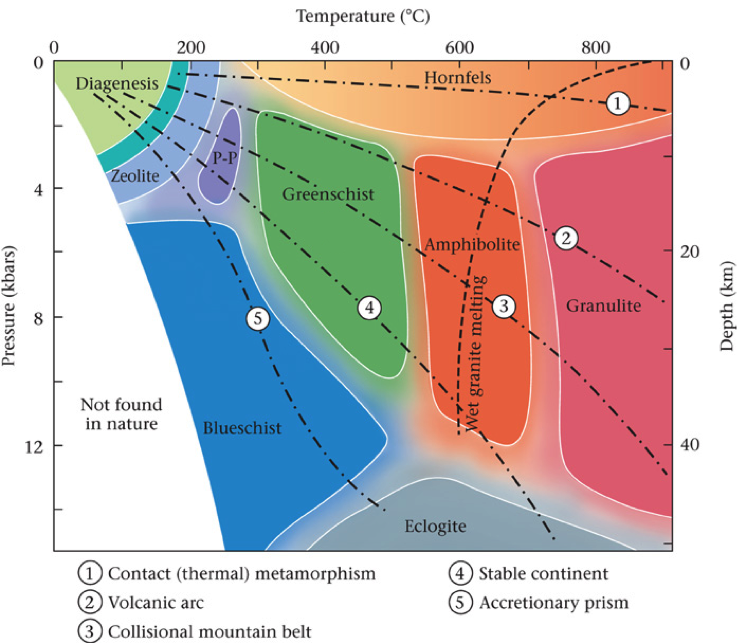
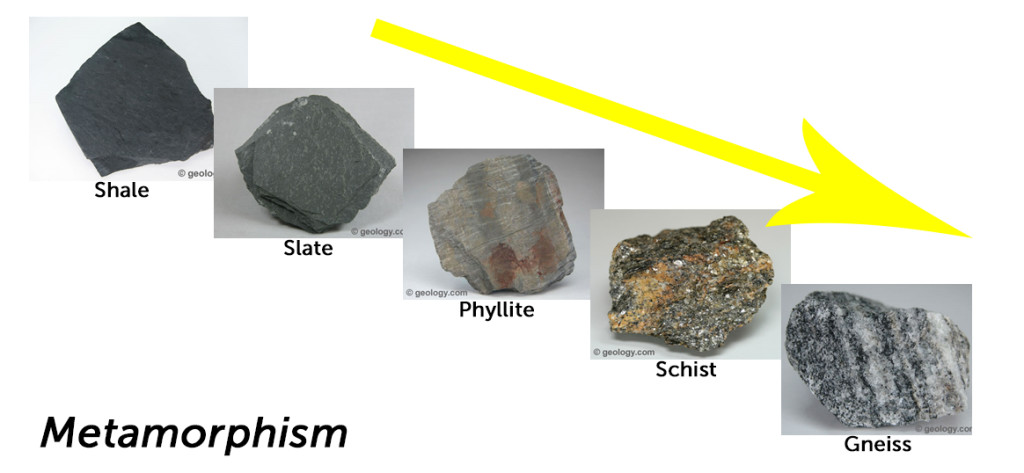
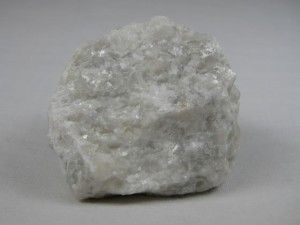
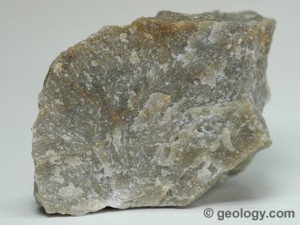
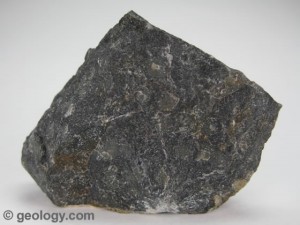
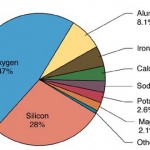
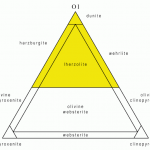
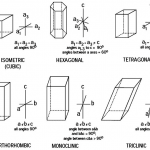
![12 great intro to optical mineralogy resources [updated]](http://www.luckysci.com/wp-content/uploads/2014/01/ol2x-earthbyte-150x150.gif)
